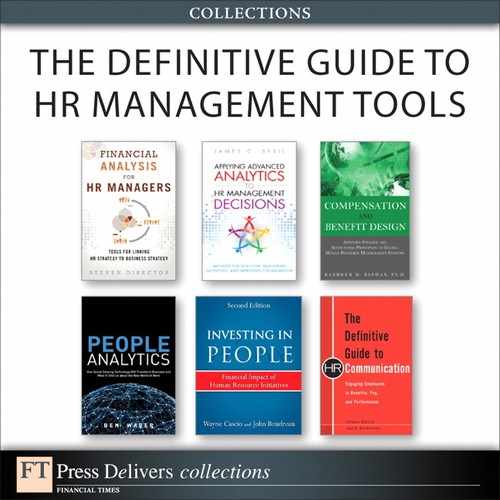Foreword
Bashker Biswas and I have known one another for over 40 years. We first met when he joined the corporate compensation and benefits practice at Control Data Corporation as a new college hire. Several years later we met again at Skopos Corporation, where he led the compensation practice for this computer-based human resources application start-up. About five years ago, he joined me at Zain as the director of the Corporate Total Rewards function. Zain is a multinational corporation based in the Middle East. In between, Biswas worked at Coopers & Lybrand and PricewaterhouseCoopers as a Director and a Senior Consultant in compensation and benefits design. He also managed to sandwich a parallel career as a college-level professor at various universities in the greater San Francisco Bay area since 1984.
Over these years, I have witnessed first hand Biswas’ vast knowledge and repertoire of compensation and benefit design skills, at the national and international level. It is, therefore, a great honor for me to contribute this foreword and to share with the reader my own insights and appreciation for Biswas’ contributions to the advancement of the practice of compensation and benefits design.
For most firms, people costs are the lion share of both direct and indirect expenses. Managing it requires sound accounting, financial management, and good business judgment. Biswas makes an excellent case for extending the HR skill set to include accounting, finance, and business management. I support the extension of the HR professional role from a technician’s point of view to a business professional. As in most fields, there is art and science involved in HR. It has been said that within the classical HR functions, employee relations has the most art and the least science while compensation and benefits has more science than art. The book does a great job of capturing the science of compensation and benefit design.
Traditional human resources management has taught us that sound compensation and benefit programs ought to meet three important tests: (1) is it competitive? (2) is it fair?, and (3) is it consistent? Biswas has extended these tests by two additional measures: (1) is it based on sound accounting and financial management principles? and (2) does it advance the firm’s competitive advantage by making the programs commensurate with an organization’s financial objectives? These latter measures make the book seminal and a must-read by students of the HR professional.
While traditional human resources management emphasized the importance of evaluating compensation and benefit programs based on their ability to attract, motivate, and retain superior human talent, the contemporary view expressed by Biswas is that they also need to be supported by sound accounting, financial, and business practice. In the past 25 years, it has become fashionable for HR professionals to describe their role as business partners. In my view, HR professionals can rightfully claim that title only when bestowed on them by their host organization. Senior management will recognize HR professionals as partners only when they demonstrate a working knowledge of the organization’s financial and business imperatives and demonstrate the ability to link HR programs to the accounting, financial, and business results of the firm. Until then, the term, to many, has little or no value.
As competition worldwide continues to grow, finding, honing, and retaining a competitive advantage is becoming more and more elusive. Experience teaches us that HR has a great opportunity to contribute to this endeavor. How? If your firm has a more cost-effective compensation and benefits program, by definition, it has an economic advantage over less cost-effective firms. If your firm has a compensation program better tailored to advance the firm’s objectives, again by definition, it has an operational advantage over firms that are unable to focus people’s efforts. If your firm is more able to link rewards with both individual and organizational financial performance, by definition, it has an employee relations advantage over firms that are unable to pay for performance.
It is fashionable to hire compensation consultants from well known consulting firms to come in and do the compensation and benefit design work. My experience has taught me that what you will get, at best, is a good boiler-plate solution, and at worst, a flavor of the year, gimmicky proposal. External consultants, for all their technical knowledge, do not have an intimate knowledge of your firm, its aspirations, foibles, and driving force. They also often provide solutions that are difficult to implement or expensive to maintain, making the need for their service a never-ending dependency. Thus it becomes imperative for HR professionals to develop their finance and accounting skills. This book will help with that effort.
Finally, Biswas’ book reinforces the importance of custom design. Every firm is unique! There are no two firms alike. Designing one size-fits-all compensation and benefit programs to match current fads or what is in vogue is foolhardy. His repertoire of design options is intended to promote the notion of linking compensation and benefit programs to the unique needs of the organization, from the accounting and financial perspectives. Biswas’ work links design options with a number of critical legal requirements.
Tony Tasca, Ph.D.
Retired HR Executive & International Consultant
Palo Alto, California
December 2012
